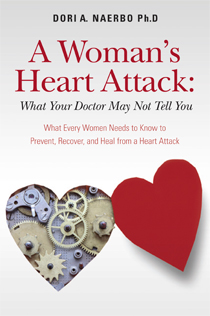In part one of this two-part series we discussed the proven benefits of meditation to a healthy heart. We established that frequent meditative practices, particularly Transcendental Meditation or TM, can help to lower your blood pressure, reduce anxiety, and reduce potentially-harmful stress hormones such as cortisol.
In this post, we are going to explore how you can help to combat heart issues by spending as little as 15-20 minutes per day meditating.
Before beginning, it is important to understand that meditation does not assume or require any form of religious or spiritual beliefs or practices. You do not have to change your lifestyle or your views; this is simply a practical method of relaxation and cleansing of the mind that you can take advantage of to remedy the effects of heart disease.[1]
When To Meditate
The most ideal times of day to meditate are when you first wake up in the morning or before you go to sleep at night. Your body and mind will be the most relaxed at this times, enhancing the efficacy of the meditation.
Alternatively, you may wish to incorporate meditation at times when you feel most stressed: for example, when you arrive home from work. This will teach you to more effectively manage your stress and anxiety so that they do not spiral out of control and potentially exacerbate your heart issues.
How To Meditate
Find a position in which you can sit comfortably, either with your legs crossed or on a chair, with your hands either gently folded in your lap or resting on your thighs with your palms facing up.
Breathing through your nose in a slow and controlled manner, allow your breath to pass deeply into your lungs. You should notice your abdomen expanding and contracting with each breath, and not your chest; this will ensure that you are breathing full, deep breaths.
Concentrate on your breathing. You may even wish to count down from 50 breaths if this helps you remain focused. With each minute that passes, feel your muscles relaxing, from the soles of your feet all the way up to that tension in your forehead.
Continue for either a set number of breaths of for 15-20 minutes. This can be repeated two or three times per day if you wish.
Conclusion
It cannot be recommended strongly enough that women with heart problems at least dabble in meditation.
This article serves merely as in introduction to meditation and its benefits in the context of diseases of the heart. It would be wise to start with a basic method like this and then experiment to find out what works best for you.
For more information read, A Woman’s Heart Attack: What Your Doctor May Not Tell You: What Every Women Needs to Know to Prevent, Recover, and Heal from a Heart Attack. Although, this book was written with the female heart in mind, there are many aspects that are equally important for men recovering and healing from a heart attack or heart failure.
Copyright © 2013 DoriNaerbo.com. All rights reserved







Speak Your Mind